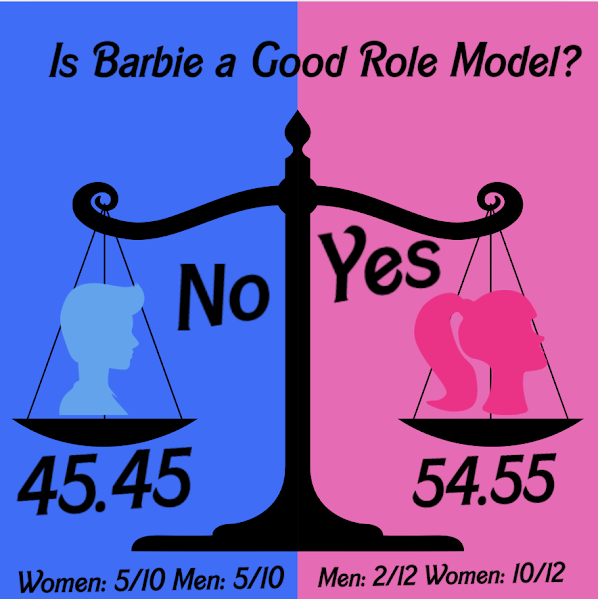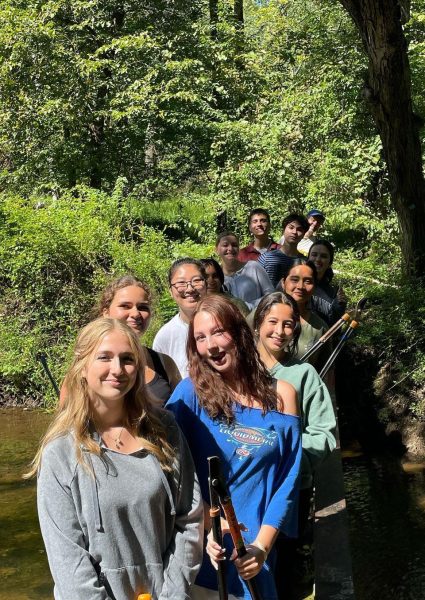Phys. Ed: Necessary or Not? – Con
From Kindergarten on, almost every student across America participates in the class known as Physical Education. High school students can recall elementary and middle school gym activities like the Pacer Test or dodgeball.
And while some activities, like using the brightly colored scooters or playing California Kickball, bring back smiles, the current form of Physical Education in high schools has taken on an unnecessary and dangerous tone.
A recent study from the Center for Injury Research and Policy of The Research Institute at Nationwide Children’s Hospital estimated that injuries in Physical Education from elementary to high school “increased 150 percent between 1997 and 2007.” While any increase in physical injury is negative, 150% is an alarming statistic with cause for concern.
The same study showed that running, volleyball, soccer, football, basketball and gymnastics were the main causes of Physical Education injuries, approximately 70%.
Sophomore Julianne Magistrado was a part of that statistic when she sustained a concussion while playing volleyball in gym class in the winter.
“I had to miss the choir concert, as they told me that singing could make it worse, and I couldn’t do Theatre for a week,” said Magistrado in response to her life after the concussion.
Physical Education has also become next to unnecessary in its attempt to promote a healthy lifestyle for children.
The State of New Jersey requires each student to have “at least 150 minutes of health, safety and physical education per week in all grades.”
While we receive the mandatory 150 minutes per week, if averaged out how much time is actually spent doing an activity in Physical Education, it is less than 150 minutes.
Warren Hills Regional High School has 55 minute classes, so if ten minutes are used for changing and another 10-15 are spent setting up/sitting on the sidelines etc, students are only receiving about 30 minutes of true physical activity per class period, a number that certainly does not reach 150 by the end of the week.
The Center for Disease Control (CDC) states that “Students who are physically active tend to have better grades, school attendance, cognitive performance.”
There is no doubt that physical activities promote a better overall lifestyle; however, typical gym class activities do not necessarily accomplish this.
Community health research scientist at UC Berkeley, Dr. Hannah Thompson said in an article on Physical Education that “it would really be valuable to view PE as a public health tool to educate students and empower kids so they’re able to participate in any activity they enjoy.”
Rather than using Physical Education to turn students into athletes, it should be used to promote “movement skills, increasing endurance, and teamwork” according to Dr. Thompson. Not all of these important skills are focused on in gym classes, where it is completely normal to pass the soccer ball to the student who is on the soccer team.
Physical Education should not be erased from the curriculum of schools; rather, it should be made safer to stop injuries, more vigorous to actually make an impact in the health of students as well as being more focused on real life skills like teamwork.










